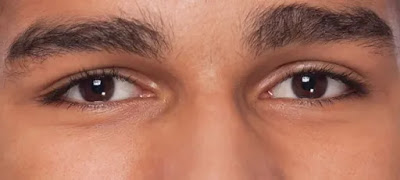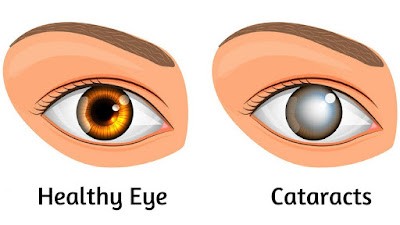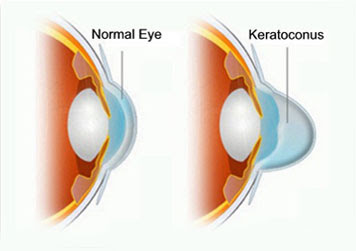At some point in our lives, most of us will experience some form of vision loss — whether it happens in our youth or as we age. As an ophthalmologist, I’ve treated many different types of eye issues, ranging from fairly common to extremely rare.
Our eyesight is one of our most valuable assets. The eyes allow us to experience the world, take in our surroundings and are the mechanism by which external stimuli is captured and pieced together in the brain. Because of this, maintaining eye health should be of utmost importance.
Below, I’ve listed the top six most common issues my patients experience with their eyes and what you can do to keep a “lookout” for them:
1.Cataracts:
Characterized by a clouding of the lens in the eye, most cataracts are age-related and more common in people aged 50 and older. However, they can develop at any age. Cataracts can be the result of injury or from protein deterioration over time that can cause the fluid inside the eyes lens to cloud. Risk factors include UV (ultraviolet light) exposure over time and trauma to the eye. If left untreated, cataracts can ultimately cause severe vision loss. Good news though: Cataracts are one of the only common eye problems that can be completely cured through surgery.
2.Keratoconus:
This weakening of the collagen fibers inside the cornea lead to structure failure (like compromised steel beams in a building). The result is the cornea bulges out and can cause tremendous loss of vision if it is not treated early and quickly. Left untreated, many people will need an invasive cornea transplant. Fortunately now there are minimally-invasive treatments that can treat keratoconus early and avoid the need for a cornea transplant.
3.Diabetic Retinopathy:
This common diabetic eye disease is caused by changes in retinal blood vessels. The prolonged high blood sugar associated with Types 1 and 2 diabetes can cause severe damage to various structures in the eye, with the most common being intraocular bleeding caused by the rupture or blockage of tiny blood vessels. According to the American Diabetes Association, roughly 30 million Americans have diabetes and millions more are pre-diabetic. These alarming figures are a sobering reminder to keep an eye out for some of the more unpleasant side effects of this disease.
4.Macular Degeneration:
This leading cause of blindness is characterized by damage to the area of the retina that perceives light: the macula. Risk factors include: age, smoking, female gender, and family history. Unfortunately, there is no known cure for macular degeneration. However, current treatments can slow the progression of the disease. Seeing your eye doctor regularly can help you catch the symptoms early enough to begin medical intervention.
5.Refractive Errors:
According to the National Eye Institute, refractive errors are the most common cause of vision problems. Put simply, refraction is the bending of light as it passes through one object to another. Refraction in the eye occurs when light passes through the cornea and the lens. Errors can occur as a result of the length of the eyeball, changes in the shape of the cornea or simply due to natural aging of the lens. Nearsightedness, farsightedness and astigmatism are categorized by refractive errors. The most common age-related refractive error is presbyopia, a hardening of the lenses which can cause vision changes after the age of 40.
6.Glaucoma:
This condition causes damage to the eye’s optic nerve and only worsens over time. Unfortunately, glaucoma has few or no initial symptoms. In most cases, it is associated with a higher-than-normal pressure inside the eye, but can also occur under normal intraocular conditions. If left untreated, glaucoma can cause peripheral vision loss and can eventually lead to blindness. Once detected and dependent upon the severity, this disorder can be treated with either surgery, lasers or medicated eye drops.
Remember, these common eye problems can be either cured or curbed if caught early by a eyecare professional. Keeping up with your regular eye doctor appointments is the best way you can ensure healthy vision for years to come.







